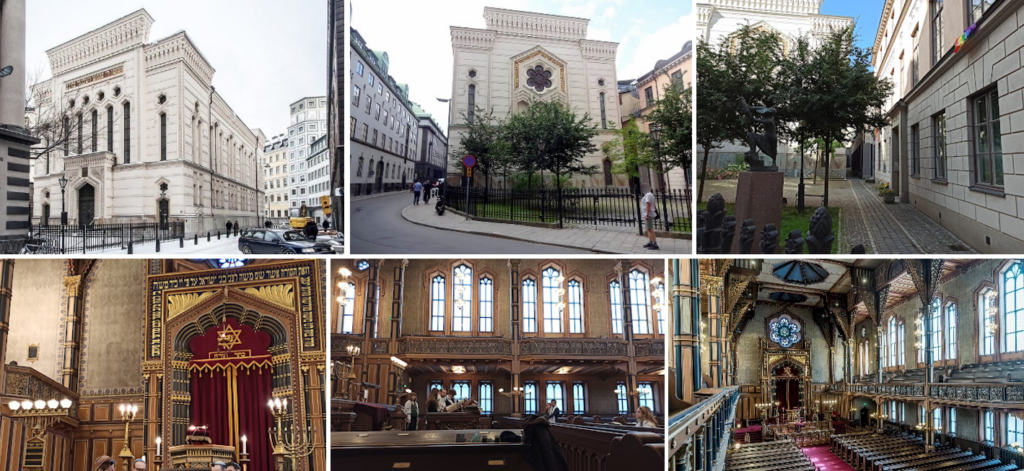
Shemini (שְׁמִינִי – Eighth)
Leviticus 9:1 – 11:46 and 2 Samuel 6:1-19
The parashah Shemini(1) deals with the inauguration of the Tabernacle, while the haftarah recounts the transfer of the Ark of the Covenant to Jerusalem—two stories interweaving intense joy and tragedy(2).
Leviticus 10:16
ואת שעיר החטאת דרש דרש משה
And Moses diligently sought the goat of the sin offering…
In the Torah, the word דרש (darash, meaning “to seek” or “to study”) is at the center(3). This teaches us that study should hold a central and foundational place in our lives. This word appears in the central verse, which Rashi(4) interprets as the necessity of balancing the observance of divine commandments with human realities. It was in Troyes that Rashi wrote his commentaries after studying in Mainz and then in Worms.
Worms, nicknamed the “Little Jerusalem of the Rhine Valley”, is a major historical center of European Judaism. The Jewish community there has been documented since the early Middle Ages. The Jewish quarter of Worms, reconstructed in 1961, is home to a Romanesque-Gothic synagogue founded in 1034, the Rashi House which became a museum in 1982, a mikveh (ritual bath) dating from the 12th century, and the Heilige Sand(5).

(1) Shemini: The number eight represents transcendence beyond the natural and cyclical—an elevation toward the infinite.
(2) In the parashah, the joy of the Tabernacle’s inauguration is overshadowed by the death of Nadav and Avihu, Aaron’s sons. In the haftarah, the transfer of the Ark to Jerusalem is marked by the death of Uzzah, one of Abinadab’s sons.
(3) Shemini contains: the central verse of the Torah (the 2,923rd), the central word דרש (the 39,924th), linked to seeking and study (from the root ד-ר-ש come the words: דרש darash – “he studied”, מדרש midrash – “interpretation” or “exegesis”, דורש doresh – “seeker”, דרשה derasha – “sermon”, דרישות drishot – “requirements”). The central letter is the ו (vav) in the word גחון (gachon – “belly”, Leviticus 11:42), a letter whose shape symbolizes connection between the lower and the higher, the material and the spiritual, or the human and the divine.
(4) Rabbi Shlomo ben Yitzhak (רש״י – Rashi) was born in 1040 in Troyes. At age 15, he studied in Mainz under Rabbi Yaakov ben Yakar. After the latter’s death in 1064, he continued his studies in Worms under Rabbi Yitzhak HaLevi HaQadosh. At age 30, in 1070, he returned to Troyes, where he founded a school, married, worked in his vineyard, and wrote his famous commentaries. He died in Troyes in 1105.
(5) Heilige Sand is the German name for the oldest preserved Jewish cemetery in Europe. It literally means “holy sand.” Over 2,000 graves are recorded there, including that of Rabbi Meir of Rothenburg (1215–1293), known as the Maharam, a major figure in medieval Ashkenazi Judaism. Maharam is an acronym for Morenu HaRav Rabbi Meir (מוהר״ם), meaning “Our teacher, Rabbi Meir”.










